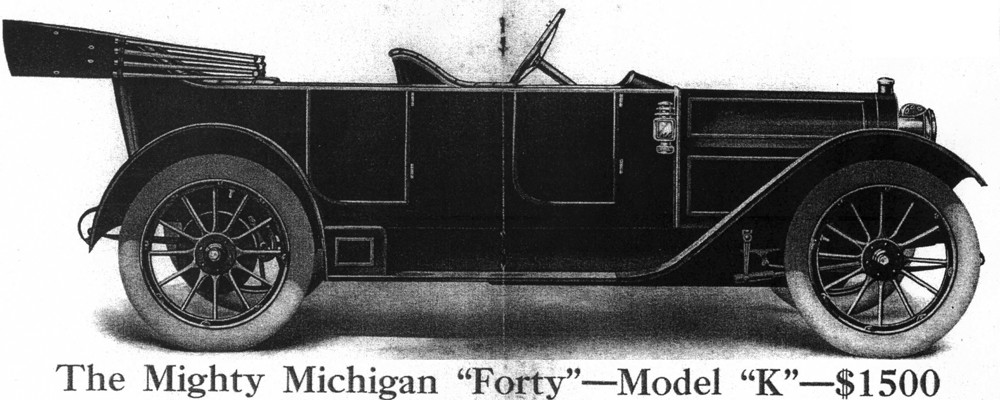Most of the month of July, Janet, Tori & I were on vacation back East, visiting Janet’s siblings & family and seeing our son Eric & daughter-in-law Kristie. During that time I had a chance to ponder on what could be wrong with the engine. I had spark to all the cylinders. I had the spark on #1 occurring at approximately 7 degrees before top dead center where it had previously started on the second pull of the crank. Hmmmm.
I suspected that something might be amiss with the magneto because I had found 2 loose (rattling around) in the bottom of the magneto breaker cover. But I had put them back in the only positions they could have come from. And… the magneto appeared to be delivering spark where it should when the flywheel was manually turned over. Two days after we returned from vacation I approached the engine determined to understand the position of the valves when the #1 plug sparked. I placed small dowels into both the spark plug and the acetylene injector holes on #1 cylinder and fixed dial indicators to both. The spark plug was directly over the INTAKE valve and the acetylene injector directly over the EXHAUST valve.
I also went back to my BUDA manuals and discovered the following:
From Buda Bulletin #300 (approx. 1915)
Paragraph 42 Timing the Engine: The cams are forged integral with the cam shaft and if one valve is properly timed the balance of the valves must be right provided the clearances are properly adjusted. The most convenient point to make the setting is at the intake opening point of cylinder No. 1. This will be found marked on the circumference of the flywheel thus “INT. OP. 1 & 4.” Revolve the crank until this mark is in line with the center of the inspection hole (we have a pointer) in the top of the flywheel housing. Then set .003″ clearance on No. 1 intake valve, which would be the second valve in the row. Be sure the valve is properly seated. Revolve the cam shaft in the normal direction until the valve just starts to open. The cam shaft is now properly set in relation to the crank shaft so the gears can be attached. Turn the crank until each valve is seated and then adjust to the proper clearances as given under Paragraph “TAPPET CLEARANCE.” Paragraph No. 64.
We knew the valves were set approximately correct, because the engine ran in 2017. I had checked them then. We had not messed with the valve clearances since, so this procedure should probably work. Except, that without witness marks on the cam gear, I probably had that one or two teeth off from where it should have been. Or so I thought.
Using the procedure outlined above, I determined that our cam gear was about 1/4 turn off from where it should have been. Oh dear. THAT WAS AT LEAST ONE OF THE REASONS WHY THE CAR WOULD NOT START.
Accordingly, I removed the radiator, the fan, the crank shaft jaw and front seal, and the front gear cover. I rechecked the valve positions while watching the cam gear. Yup. It was wrong. I then proceeded to remove the cam gear from its mesh with the crank gear and turned the cam shaft to match the positions set forth in Paragraph 42, above. Then I re-installed the cam gear and checked it again. The valves moved as they were supposed to. I stamped the cam gear with double witness marks ( : ) and painted the teeth that meshed with the witness marked crank gear. (this may be a bit confusing for some future mechanic, but at least the proper position is marked now.)
Then I put everything back together as it had come off.
THE MOMENT OF TRUTH HAS ARRIVED.



